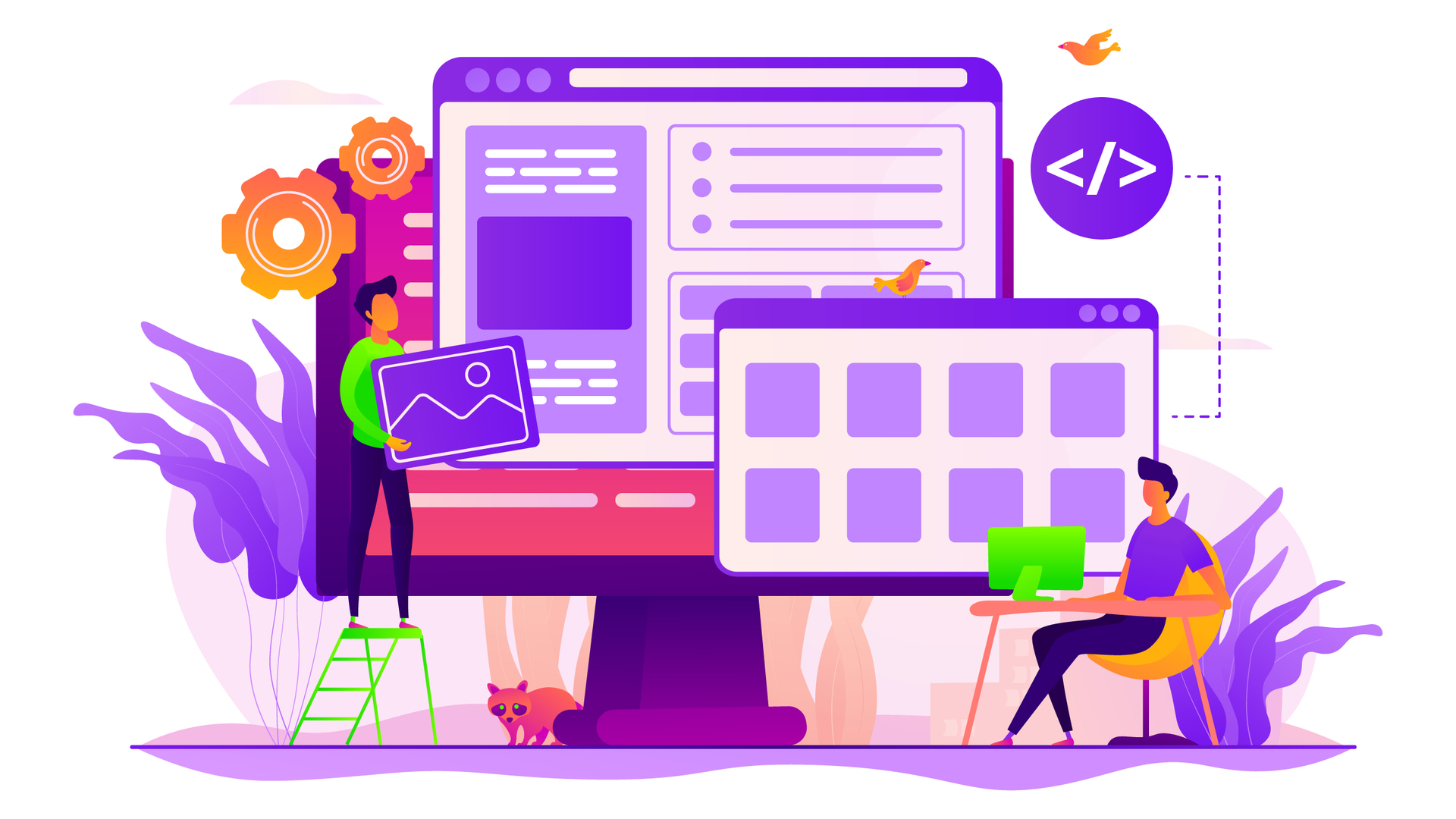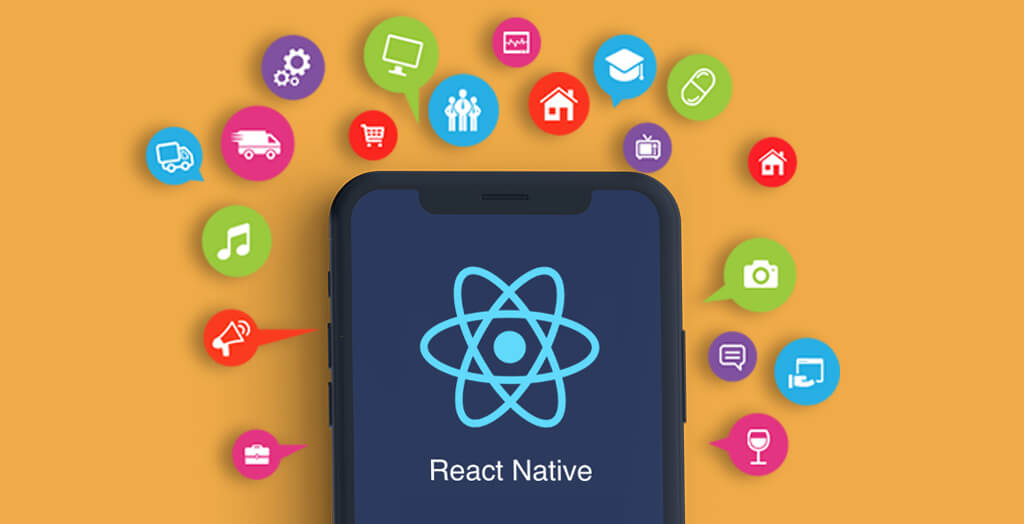Have you ever utilized an incredible website or app and wondered, “How did they create this incredibly cool thing?” No need to wonder any longer! This handy guide will reveal the secrets of creating amazing web apps.
You’ve come to the correct place, my friend, whether you’re an ambitious developer trying to master this talent or someone with ideas for the next viral sensation! The curtain will rise on the exciting world of web application development by the time we reach the conclusion.
By the end, you’ll have a clear understanding of what web apps are, the different types out there, the step-by-step development process, key technologies used, and trends shaping the future.
Let’s get started!
What is Web Application Development?
Web application development refers to the process of creating dynamic web applications that users interact with through a web browser. Unlike traditional static websites that just display information, web apps are interactive and powered by server-side code.
Some common examples are web-based email services like Gmail, social networks like Facebook, e-commerce sites like Amazon, and collaboration tools like Google Docs. The possibilities are endless!
Fundamentally, web applications have three components:
- Front-end – This is the user interface layer built using HTML, CSS, JavaScript etc. It’s what you see and interact with in the browser.
- Back-end – This is the server-side layer built using programming languages like PHP, Python, Java etc. It handles the logical flow, database interactions and business logic.
- Database – This is required to store, organize and manage data for the application. Popular relational options include MySQL and PostgreSQL.
The front-end code runs on the user’s device while the back-end code runs on a web server. Databases also typically reside on servers. The three components connect to each other through web protocols like HTTP and APIs.
Types of Web Applications
There is great diversity in web application types and usages. Here are some major categories:
E-commerce Applications
These allow businesses to sell products and services online. They handle product listings, carts, payment processing, and order management. Platforms like Shopify and Magento provide e-commerce functionality out of the box. Custom e-commerce apps can also be built from scratch.
Social Media Networks
These web apps facilitate social interaction online. People use them to connect with friends, share updates, distribute content and participate in discussions. Leading examples include Facebook, Twitter, Instagram and LinkedIn.
Content Management Systems (CMS)
CMSs are used to create, manage and publish digital content easily without needing coding expertise. They power a massive number of websites. WordPress and Drupal are among the most popular CMS platforms.
Enterprise Applications
These complex business-critical apps help organizations optimize operations across domains like finance, HR, manufacturing, etc. They facilitate workflows, data analysis and decision-making. Popular products include SAP, Salesforce and Oracle.
As you can see, web apps span just about every industry vertical imaginable today – news, health, education, transportation – you name it!
Web Application Development Process
Developing quality web applications takes meticulous planning, designing, building and testing. Let’s go step-by-step:
Planning and Requirements Gathering
This crucial first step entails clearly defining the vision, objective and functionality of your planned application. Key questions to ask:
- Who is the target audience? Understanding user personas is vital.
- What issues will your app solve for them? How will it improve workflows or fill gaps?
- What are the business goals? Revenue projection? Brand awareness targets?
- What functionalities and features are absolutely necessary vs. nice-to-haves?
Documenting detailed requirements will guide all downstream efforts so it’s important to get this right!
Design and Prototyping
Next begins visually conceptualizing how users will interact with your application. This involves:
User Interface (UI) Design: Creating mockups showing page layouts, navigation, key elements placement and general look-and-feel.
User Experience (UX) Design: Drafting user workflows accounting for actions users would take to achieve goals.
Prototyping: Building a simulate-able model translating UI and UX ideas to life. This enables testing concepts before full-blown development.
Multiple iterations incorporating user feedback leads to stellar experiences!
Development
This complex stage involves actual coding and development of the application using specialized frameworks and programming languages.
Front-end development entails using languages like HTML, CSS and JavaScript to code up responsive and dynamic user interfaces and experiences exactly as designed. Popular JavaScript frameworks like React and Angular enable building complex UIs faster.
Back-end development focuses on application logic, databases and APIs for front-end integration. Programming languages like Python, PHP, Java and frameworks suiting specific app needs are employed here.
Rigorous testing and bug fixing occurs continuously by developers during this cycle through methods like unit testing, integration testing, UI testing etc.
Quality Assurance (QA) Testing
Thorough evaluation by professional QA testers is crucial before launch. This involves comprehensively testing diversified real-world user scenarios, devices and networks. QA drives significant volume and performance testing using automated tools to catch critical issues. Feedback loops enable developers to fix problems pronto!
Only after sufficient testing and meeting the benchmarks outlined initially can your application see the light of day!
Essential Technologies for Web Application Development
As evident above, a technology medley enables crafting web apps. Let’s briefly understand some core ones:
Languages for Web Interfaces
- HTML structures web page layout
- CSS styles and formats HTML content
- JavaScript programs client-side logic and interactivity
These three pillars render responsive and dynamic interfaces in web browsers for users. Most apps employ JavaScript libraries and frameworks like React, Vue and Angular today for UIs.
Languages for Server-side Programming
- Python & Ruby: Object-oriented languages great for rapid prototyping and MVPs
- PHP: Widely-used open source server-side scripting language
- Java & .NET: Strongly-typed languages suiting complex enterprise apps
These process back-end logic, handle requests and responses between browser and server along with querying the database.
Databases
All data fueling web apps sits in specialized databases for optimized storage and retrieval.
- SQL options like MySQL provide structural storage through tables, schemas etc.
- NoSQL options like MongoDB enable fluid unstructured data.
Both categories have specific advantages for varied app data models. Most apps use both SQL and NoSQL databases.
The interplay between all components above creates holistically functional web applications!
Trends in Web Application Development
As with any technology, evolution in platforms, tools and techniques drive innovation in building better web apps. Major trends shaping the future include:
Adoption of Cloud Platforms
Developing and hosting apps in the cloud helps reduce costs while providing flexibility and scalability to manage spikes. Platforms like AWS amplify has become prevalent.
Artificial Intelligence and Machine Learning
Incorporating AI/ML infuses “smartness”. Applications leverage neural networks behind the scenes to deliver intuitive UIs, predictive analytics, recommendations and personalized experiences.
Responsive Mobile-First Design
With a majority using mobile devices to access the web, a mobile-first, responsive-design approach is mandatory for seamless experiences across devices. Progressive Web Application architectures help here.
Low-Code Platforms
Empowering citizen developers to build simple apps without intensive coding through visual interfaces and model driven logic is gaining tremendous traction. The complexity bar has lowered!
There are definitely exciting times ahead in the web application landscape. The only limit is human imagination!
Conclusion
I hope this detailed guide provided you a comprehensive introduction to understanding web application development.
To recap, we went over:
- Defining web apps and differentiating them from regular websites
- Types and use cases spanning industries
- The step-by-step development methodology
- Core technologies like languages, frameworks and databases
- Notable trends shaping the future
I highly encourage you to dabble with building simple apps first. Start small, iterate fast, seek user feedback and improve consistently. Building and launching your own web application is incredibly rewarding.
So go forth, channel your inner innovation and create the next big thing for the world to use!










